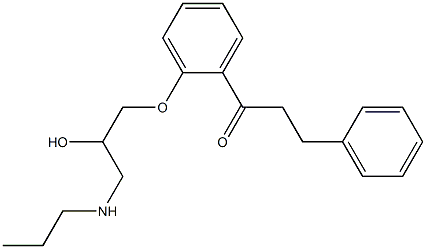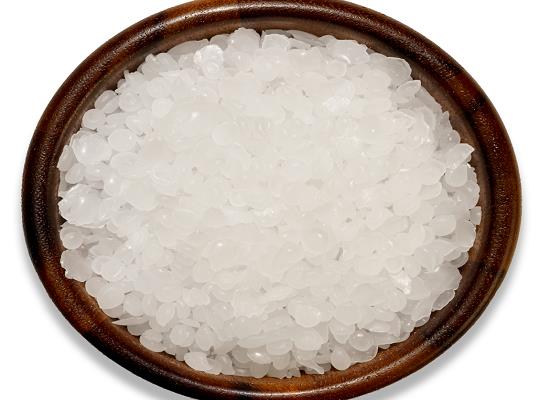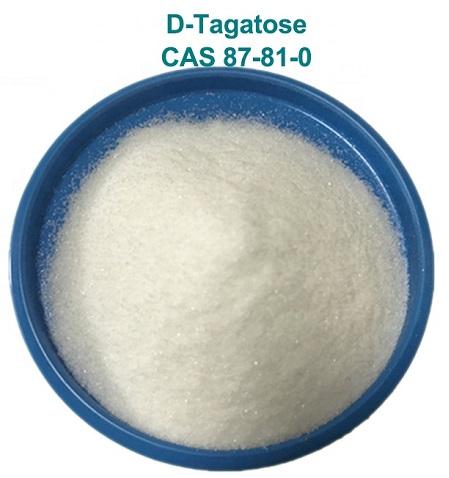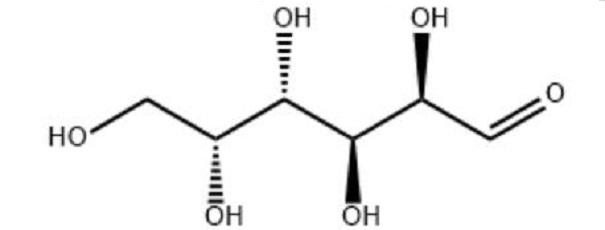What can Paraffin wax be used for in the industry?
Chemical Properties
Melting point 58-62 °C ((ASTM D 87))
Boiling point 322 °C
Density 0.82 g/mL at 20 °C
FEMA 3216 | PARAFFIN WAX
Refractive index n20/D 1.45
Fp 113 °C
Storage temp. Store below +30°C.
Solubility Soluble in chloroform, ether, volatile oils, and most warm fixed oils; slightly soluble in ethanol; practically insoluble in acetone, ethanol (95%), and water. Paraffin can be mixed with most waxes if melted and cooled.
Form extra-low viscosity
Color white
Odor odorless
Performance indicators

Production Process
1. Dewaxing. The separation of wax from waxy oil. Using cold press dewaxing or solvent dewaxing to get oily paraffin, and molecular sieve or urea dewaxing to get liquid wax.
2. Take off the oil. The oil in paraffin wax can be removed by sweating or solvent deoiling.
3. Refining. White paraffin can be obtained by refining the deoiled paraffin with clay.
4. Shaping. The paraffin wax with high melting point is processed into bulk commodity by forming machine.
Encapsulation method
1. Direct incorporation. Paraffin is directly added to the base material, which is easy to control the amount of adding, but easy to appear phase separation.
2. Soak absorption method. Paraffin is absorbed by a porous substrate for encapsulation.
3. Container packaging hair. It is divided into macro encapsulation and micro encapsulation.
Overview
Paraffin is a mixture of hydrocarbons extracted from some distillate of petroleum, shale oil or other asphaltic mineral oil. It is mainly composed of solid paraffins, odorless and tasteless, white or pale yellow translucent solids. Paraffin is a mixture of positive chain saturated alkanes of different molecular weights, which can be expressed by the general formula CnH2n+2. According to the physical state of paraffin, it can be divided into liquid paraffin, solid paraffin and microcrystalline wax. Paraffin has many advantages, such as low price, colorless and tasteless, stable physical and chemical properties, large latent heat of phase change, etc., so it is widely used in medicine, packaging, construction, military camouflage, industry and agriculture, etc.
Application
1. Packaging industry. Paraffin wax improves the finish, toughness and printing quality of packaging materials while reducing production costs. Therefore, it is often used as sizing agent and waterproof and oil-proof coating for papermaking.
2. Paraffin wax is widely used in rubber, textile, investment casting, plastics and electronics industries. It can be used as anti-aging agent, softener, toughening agent and demoulding agent of rubber, as well as as gloss finishing agent, softener, batik anti-dyeing agent and water-repellent embedding agent of textile.
3. Application in the medical field. Liquid paraffins are the most widely used in medicine. Liquid paraffin is an oily organic matter with strong cohesion. It is insoluble in water and can not be saponified. It has the characteristics of good transparency, easy flow, no biological toxicity and similar properties to biological glue.
4. Architecture. Among building materials, phase change paraffin is mainly used in phase change energy storage plasterboard, phase change energy storage concrete, building thermal insulation material, phase change energy storage mortar, phase change heat storage floor and ceiling, etc.
5. Application in the field of military camouflage. The characteristics of paraffin phase change materials have broad application prospects in thermal infrared camouflage and thermal infrared false targets.
You may like
Related articles And Qustion
Lastest Price from Paraffin wax manufacturers
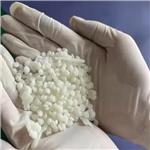
US $100.00/kg2025-11-15
- CAS:
- Min. Order:
- 1kg
- Purity:
- 99%
- Supply Ability:
- 20tons

US $100.00/kg2025-11-15
- CAS:
- Min. Order:
- 1kg
- Purity:
- 99%
- Supply Ability:
- 20tons
